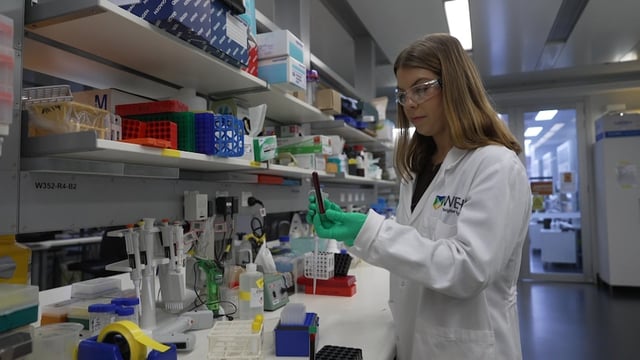Overview
- The test was detailed in a June 2025 Gastroenterology paper and follows the 2019 discovery that IL-2 levels rise after gluten exposure.
- It detects gluten-specific T cells by incubating blood samples with gluten peptides and measuring IL-2 release to achieve 90% sensitivity and 97% specificity even in patients on gluten-free diets.
- The assay’s IL-2 signal strength correlates with symptom severity, allowing clinicians to forecast individual reactions to gluten without food challenges.
- Unlike some diagnostics, the assay remains accurate in patients with coexisting autoimmune conditions such as type 1 diabetes and Hashimoto’s thyroiditis.
- Widespread clinical use depends on adopting ultrasensitive cytokine-testing technology in pathology laboratories and validating assay performance across diverse populations and real-world settings.



